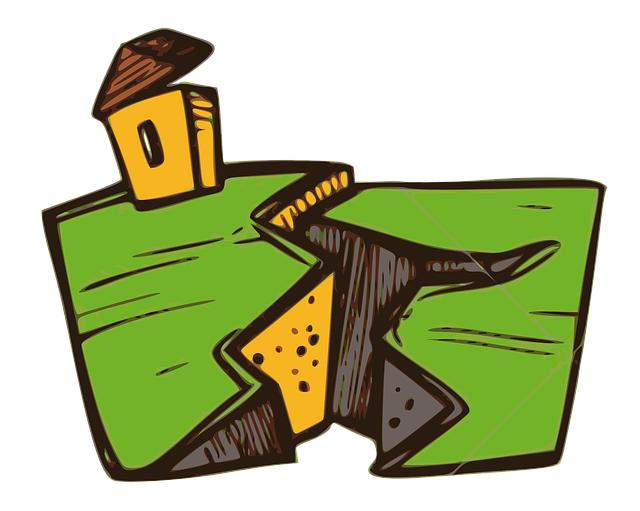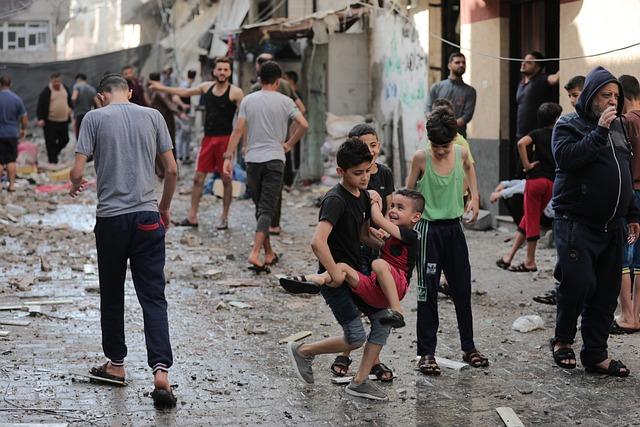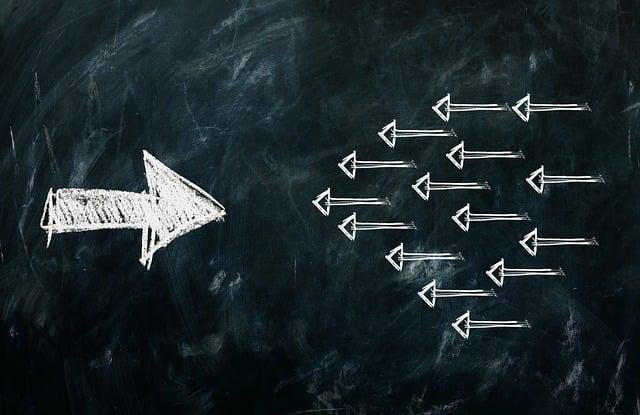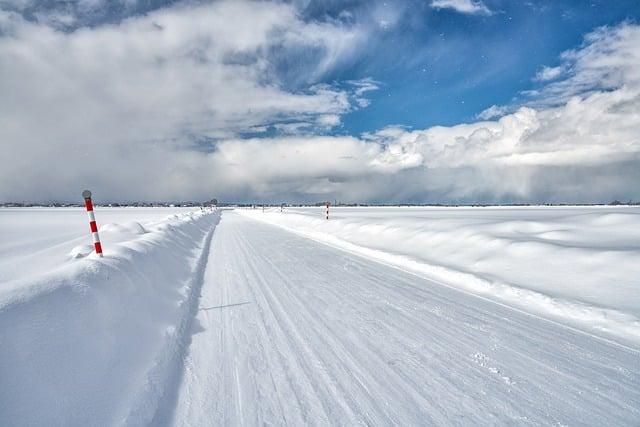Index
- Introduction
- Response and Preparedness to Tohoku Tragedy
- Impact and Recovery from Tohoku Tragedy
- Lessons Learned from Tohoku Tragedy
- Resilience of Tohoku Communities
- Conclusion
- FAQs
Introduction
The Tōhoku earthquake and tsunami that struck Japan in 2011 is a tragedy that left a deep impact on the country and its people. This article explores various aspects of the disaster, including the response and preparedness, the lasting impact on the affected regions, lessons learned, and the resilience displayed by Tōhoku communities in the face of adversity.
Response and Preparedness to Tohoku Tragedy

(Image: Pixabay/@gtaranu)
The response to the Tōhoku Tragedy was swift but faced challenges due to the scale of the disaster. Government agencies, rescue teams, and volunteers worked tirelessly to provide aid, support, and search for survivors amidst the devastation caused by the earthquake and tsunami.
Preparedness measures were in place, such as early warning systems for earthquakes, but the sheer magnitude of the disaster tested the effectiveness of these systems. The coordination between different organizations and levels of government highlighted both strengths and areas that needed improvement in disaster response protocols.
The Tōhoku Tragedy emphasized the importance of continuous training, community drills, and investment in resilient infrastructure to mitigate the impact of future disasters.
Impact and Recovery from Tohoku Tragedy

(Image: Pixabay/@SingingAngler)
The impact of the Tōhoku Tragedy extended beyond immediate loss of life and property damage. The psychological toll on survivors, displacement of communities, and environmental consequences posed significant challenges for the long-term recovery of the affected regions.
Efforts to rebuild and recover were met with resilience and solidarity from within Japan and international aid. Reconstruction projects aimed not only to restore infrastructure but also to revitalize communities and industries that were deeply affected by the disaster.
The recovery process highlighted the importance of sustainable development practices, community engagement, and support systems for those still grappling with the aftermath of the tragedy.
Lessons Learned from Tohoku Tragedy

(Image: Pixabay/@hosnysalah)
The Tōhoku Tragedy served as a learning experience for Japan and other countries prone to natural disasters. It underscored the need for continuous research, innovation, and investment in disaster risk reduction and management.
Lessons learned from the Tōhoku Tragedy informed policy changes, updates to building codes, and the enhancement of emergency response protocols at both local and national levels. Collaboration between stakeholders, including government, academia, and civil society, played a crucial role in ensuring a more robust approach to disaster preparedness.
The disaster also emphasized the interconnectedness of global challenges, such as climate change and natural hazards, calling for a holistic approach to building resilience in the face of uncertain and evolving risks.
Resilience of Tōhoku Communities

(Image: Pixabay/@geralt)
The resilience displayed by Tōhoku communities in the aftermath of the tragedy was a testament to the strength and unity of the people. Local initiatives, grassroots movements, and cultural traditions played a significant role in fostering a sense of community and rebuilding lives amidst adversity.
Stories of hope, perseverance, and solidarity emerged from the impacted areas, showcasing the human spirit's resilience in times of crisis. Through collective efforts and mutual support, Tōhoku communities demonstrated that recovery goes beyond physical reconstruction—it is about healing, renewing spirits, and creating a more resilient future.
Conclusion
The Tōhoku Tragedy stands as a poignant reminder of the devastating power of natural disasters and the resilience of communities in the face of adversity. The response, recovery, lessons learned, and resilience displayed following the tragedy offer valuable insights into building a more prepared and resilient society for the challenges of the future.
FAQs
How did the Tōhoku Tragedy impact Japan's economy?
The Tōhoku Tragedy had significant economic repercussions, leading to disruptions in industries, supply chains, and infrastructure. The recovery process required substantial investments and resources to revitalize the affected regions.
What were some key lessons learned from the Tōhoku Tragedy?
Some key lessons learned include the importance of resilient infrastructure, effective disaster response protocols, community engagement, and global cooperation in addressing natural disasters and their impacts.

